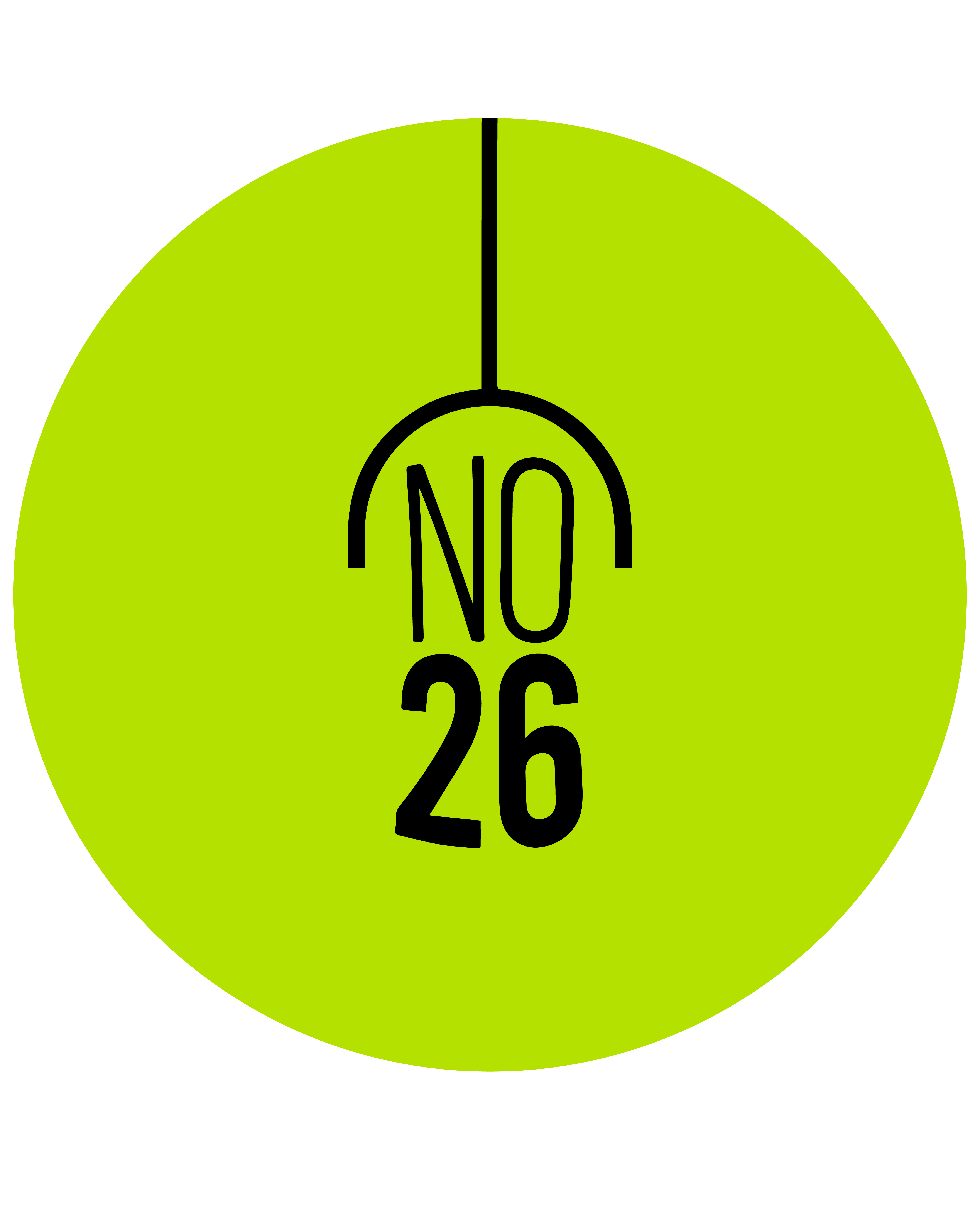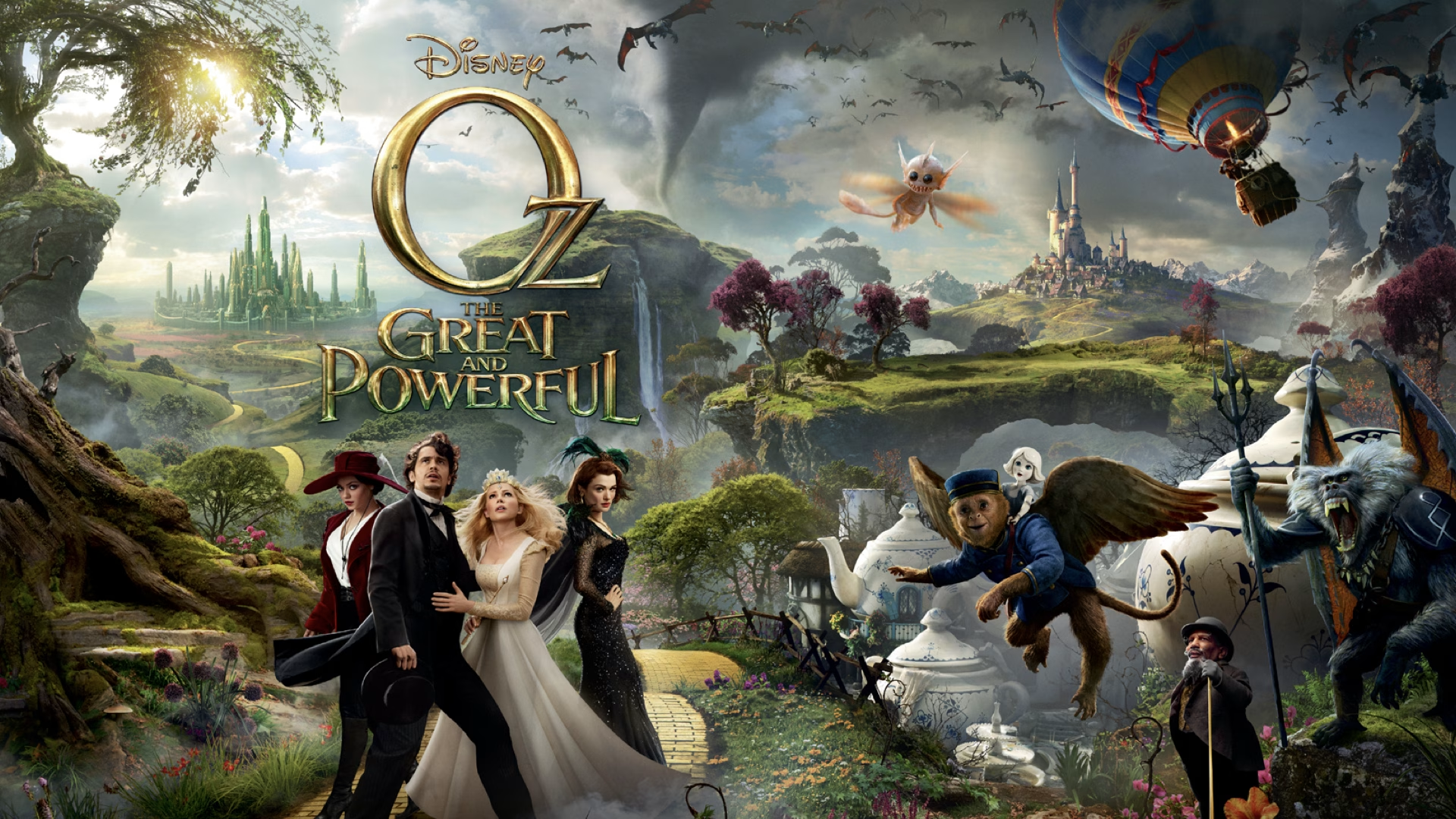The 2010s were a period when global fascination with the Land of Oz reached fever pitch. After losing the film rights to the record-breaking Broadway hit Wicked to Universal, Disney had to find another way to tap into that fire. Their answer came in the form of horror maestro Sam Raimi directing the 2013 film Oz the Great and Powerful.
Although the movie raked in nearly half a billion dollars at the box office (roughly $500 million) – much of it riding the strong 3D wave of the time – its legacy among critics and audiences remains deeply mixed. A knife-edge 56% on Rotten Tomatoes is the clearest proof of just how polarizing this adventure turned out to be. So why is Raimi’s fantasy still so controversial?
Auteur vs. Studio: Raimi’s Heart Wrapped in Disney Rules
The core problem, as the article points out, stems from the clash of two opposing forces: “A Sam Raimi film wrapped inside a Disney movie.”
We follow Oscar Diggs (James Franco), a fraudulent, womanising magician from early-20th-century Kansas who is magically whisked away to Oz. The character fits perfectly into Raimi’s signature archetype of the morally grey, slightly crude but ultimately good-hearted rogue – essentially a family-friendly, softer version of Ash from his cult classic Army of Darkness.
Yet Raimi’s anarchic, occasionally creepy moments that wink at his Evil Dead aesthetic constantly butt heads with Disney’s heavy, mandatory “prequel” demands.
Forced Origin Stories: The film takes on the task of explaining the backstories and origins of Oz’s famous witches. Unfortunately, these contrived explanations feel committee-approved, leading to exhausting and unengaging sequences. The origin of the Wicked Witch of the West in particular was criticised as clichéd and sexist.
Soulless Look: Despite clever technical touches (such as modern CGI recreating the colour shifts and aspect-ratio changes from the 1939 The Wizard of Oz), large parts of the film feel personality-free and studio-manufactured.
In short, fans love the moments when Sam Raimi seizes control – the character-driven scenes that carry the spirit of Army of Darkness – while detractors argue the film is everything Wicked was accused of being: unnecessary, boring, and trapped inside studio rules.
Oz the Great and Powerful continues to stream on Disney+ today. It remains well worth watching as a vivid example in film history of how a director’s vision can collide with a studio’s commercial imperatives, producing a half-billion-dollar movie with a divided soul.














